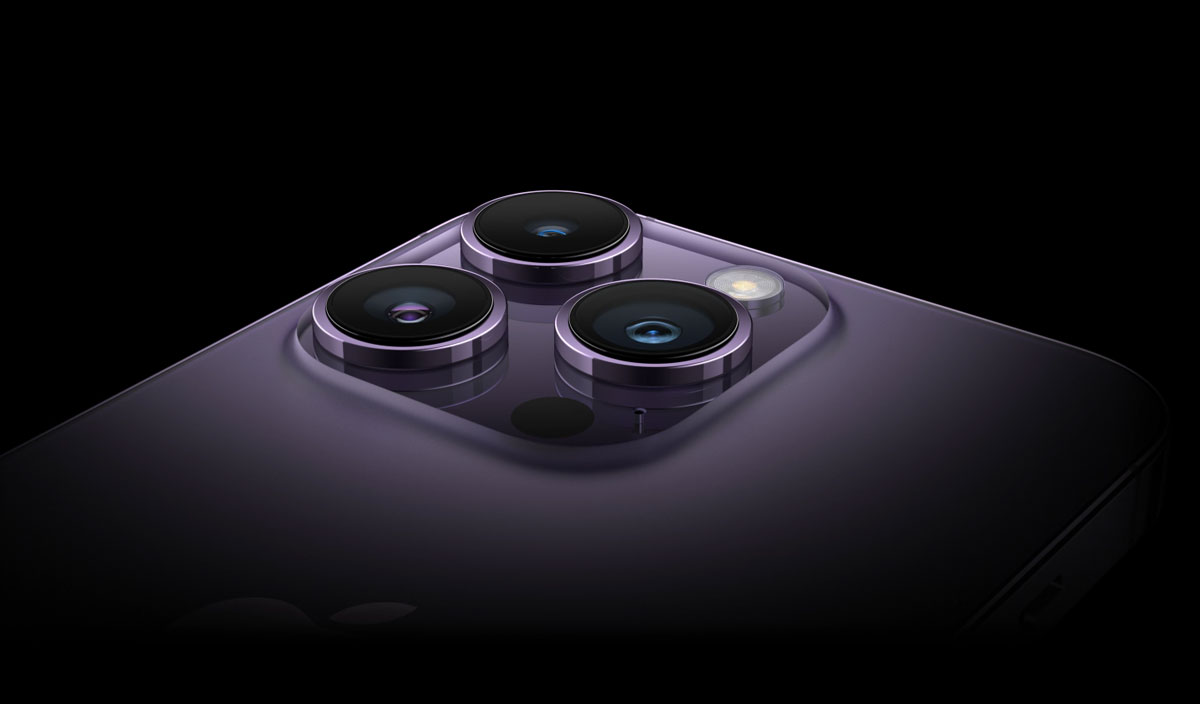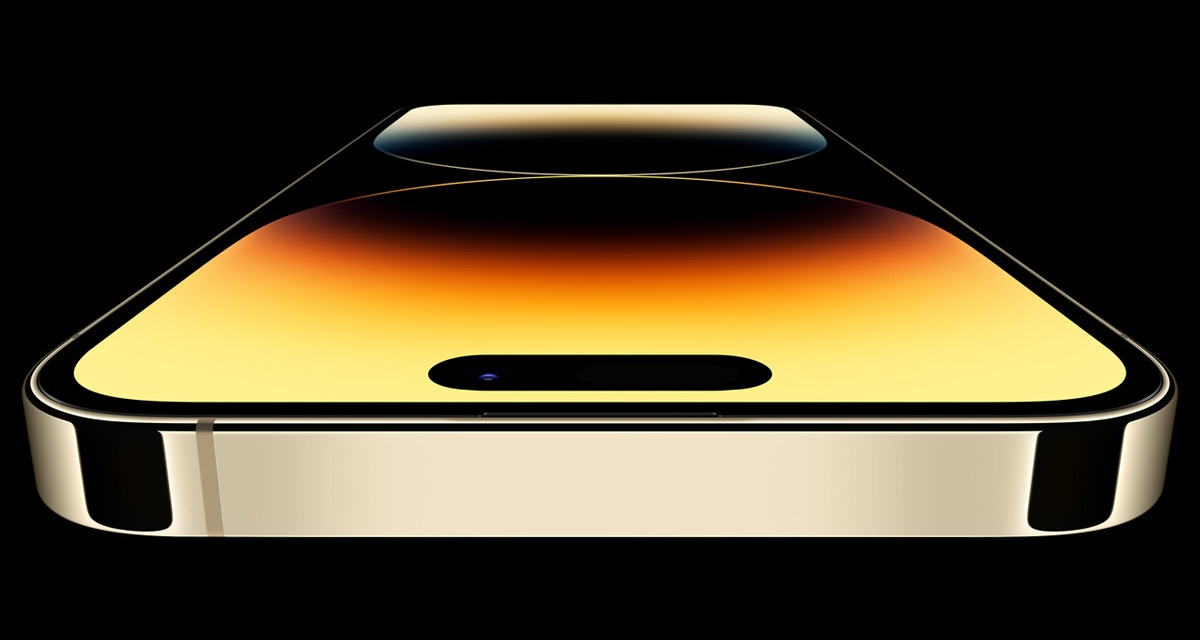Apple is strongly expected to announce the iPhone 15 lineup this September and as part of that, the company is now thought to have an upgraded camera lens in the works.
The upgrade will apparently make the iPhone 15 models the first to use a hybrid lens featuring a glass-plastic construction. That’s according to a recent claim by Twitter user @RGcloudS, although it’s impossible to confirm that report right now.

According to them, the iPhone 15 models will use the same IMX sensor as the previous ones but will gain an improved ƒ/1.7 aperture, an increase over the ƒ/1.79 aperture currently offered on the iPhone 14 Pro models.
The iPhone 15 models are also expected to take the same 48-megapixel sensor that was only available on the iPhone 14 Pro and iPhone 14 Pro Max last year. As MacRumors notes, this new aperture change could actually mean a downgrade in some ways.
The iPhone 15 lineup’s main camera will also feature an ƒ/1.7 aperture, a slight increase over the ƒ/1.79 aperture offered on the iPhone 14 Pro models. The iPhone 15 and iPhone 15 Plus models are expected to be equipped with the 48-megapixel rear camera introduced on the iPhone 14 Pro and iPhone 14 Pro Max last year. The iPhone 14 and iPhone 14 Plus feature a ƒ/1.5 aperture, meaning that the iPhone 15 and iPhone 15 Plus could be looking at an aperture downgrade this year.

This will all reportedly change again when the iPhone 16 Pro Max arrives in 2024 thanks to an upgraded wide camera to use a new eight-part hybrid lens.
You may also like to check out:
- iOS 17 Beta 4 Download & Expected Release Date
- Jailbreak iOS 16.6 On iPhone And iPad Status Update [Latest]
- iOS 17 Beta Compatibility For Compatible iPhone Models
- iOS 17 Public Beta 1 Release Date Set For Later This Month Alongside iPadOS 17, macOS 14, tvOS 17
- Download iOS 17 Beta 3 IPSW Links, OTA Update Now
- Download: iOS 16.6 Final IPSW Links, OTA Update As Well As iPadOS 16.6 Released
You can follow us on Twitter, or Instagram, and even like our Facebook page to keep yourself updated on all the latest from Microsoft, Google, Apple, and the Web.

